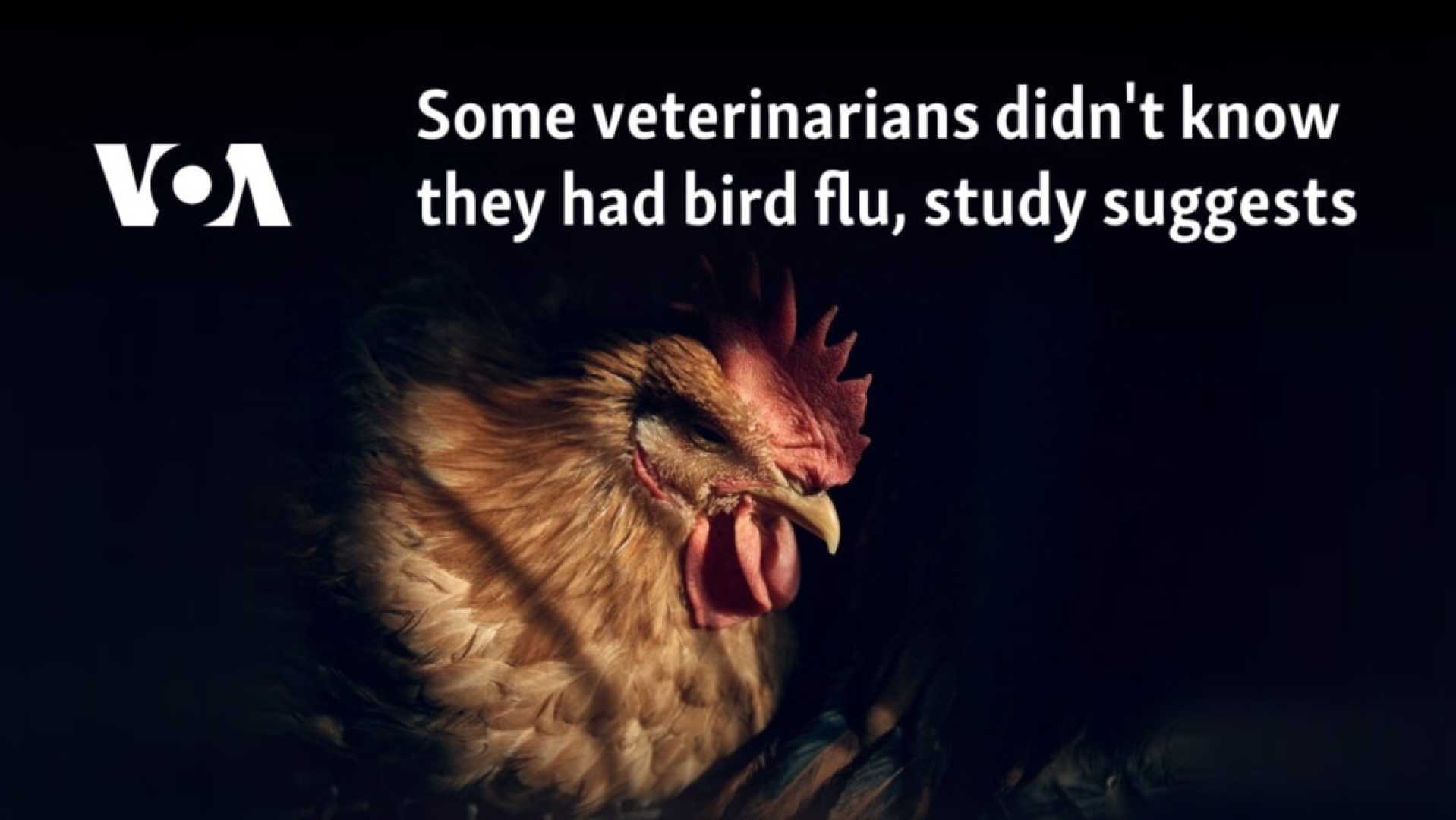Health
CDC Study Reveals Undetected Bird Flu Spread Among Veterinarians

AUSTIN, Texas — The Centers for Disease Control and Prevention (CDC) has released a report revealing that the H5N1 bird flu may be spreading undetected among veterinarians working with cattle. The findings, published in the Morbidity and Mortality Weekly Report (MMWR), highlight the urgent need for improved surveillance in livestock and among animal care workers.
Researchers analyzed blood samples from 150 veterinarians nationwide and discovered that three tested positive for antibodies to the H5N1 virus, indicating they had recent infections. Strikingly, none of these veterinarians reported experiencing influenza-like symptoms or conjunctivitis, and none treated cattle confirmed to have the virus, though one did interact with infected poultry.
Dr. Michael Gray, an infectious disease epidemiologist at the University of Texas Medical Branch in Galveston, emphasized the challenges in detecting and controlling human infections from the virus. “If the circulating H5 viruses become more transmissible between humans, we are not going to be able to control transmission as the viruses will spread rapidly and often subclinically,” he explained.
Earlier surveys indicated that about 7% of dairy workers showed evidence of past infections, with only half reporting symptoms, raising concerns regarding the adequacy of current surveillance methods. Dr. Adnan Shakir, a professor at the University of Nebraska Medical Center College of Public Health, asserted that the detection of asymptomatic or mild cases reflects significant gaps in monitoring. “It means our surveillance is inadequate. Any detection of asymptomatic or mild cases in this study just tells me we’re missing cases,” Shakir stated.
One veterinarian involved in the study practiced in Georgia and South Carolina, where no known bird flu infections had been reported among cattle. The samples used for the study were collected in September, prior to the federal government’s launch of a national bulk milk testing program, as cases in cattle approach nearly 70. The report advocates for enhanced surveillance of both cattle and dairy workers.
Recently, a new H5N1 variant has emerged, previously circulating in wild birds and poultry. The implications of this variant remain uncertain, though some scientists express concern it could complicate efforts to control and vaccinate dairy cattle effectively. Researchers are investigating whether this variant might be more lethal for humans.
The delay in MMWR publications during the Trump administration intensified worries among public health officials and scientists tracking the H5N1 outbreak. Some reports, including one related to H5N1 transmission in cats, have yet to be released. “We should never underestimate flu,” warned Dr. Sauer. “If cases are occurring more frequently than detected in humans, we risk missing small changes that allow the virus to begin to spread much more easily in humans.”
Tracking human infections in the dairy industry has proven challenging, as health agencies have limited authority for disease monitoring on farms, and many workers hesitate to undergo testing. Although CDC research identified a “low” number of past human infections, the real extent of exposure among participants remains unclear. Dr. Gray remarked, “No matter how we perform these serological assessments, we are likely to miss true infections. I am not surprised with the low prevalence.”












